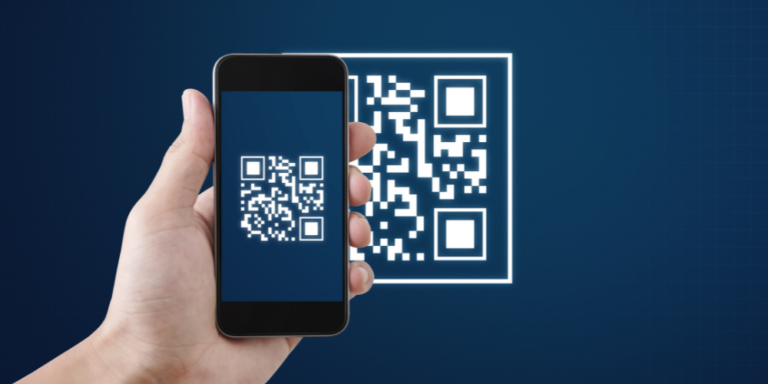Zero Trust Resolutions for 2023
by Simon Moran
Posted on January 3, 2023
Want to interview Simon?
Contact
It’s the season for resolutions that we all really, truly and sincerely mean to stick to – even beyond January 6th.
Instead of (or perhaps in addition to) the usual “exercise more, eat less junk food, watch less TV” goals, this year we’re proposing some cybersecurity resolutions that are guaranteed to enhance the Zero Trust posture of your organization. And we’re ready to help you follow through on them.
Resolution #1: Protect your users from phishing attacks… instead of depending on them to protect you
Phishing is specifically and expertly designed to trick users. So why would any reasonable person think that telling users to look for phishing emails is a good idea for how to protect yourself from phishing?
In a recent report, a company that specializes in anti-phishing training quantified their success by showing that after a full year of training, the percentage of users likely to click on a phishing link dropped from the 35% range to 3-5%. Impressive, right? That is, until you consider the vast quantities of phishing emails and social media links that users are exposed to every day. If every enterprise user clicks through just 3% of the time, and provides credentials in even a fraction of those cases, the exposure is still vast.
This year, resolve to protect your users from phishing and by doing so, protect your business as well. With ZTEdge Web Isolation, untrusted sites are opened in read-only mode to keep users from entering credentials or clicking on malicious links, without frustrating them in cases where the site is legit and contains content they need to see.
Resolution #2: Secure your web and cloud apps from unmanaged device risk
Not even the Shadow knows what evil lurks on the drives of unmanaged devices. Yet every day, millions of employees access workplace apps via their BYOD devices and at least as many 3rd party consultants do the same from laptops and desktops that are, at best, managed only by their direct employer.
Unmanaged devices may be infected with malware that can infect your private cloud applications, steal credentials and MFA browser cookies when users log in to SaaS enterprise apps or steal sensitive data. Users may leverage browser functions to download data on their devices for work – or for less innocent purposes.
Protecting your network from the cybersecurity risks of unmanaged 3rd party and BYOD devices is a worthwhile goal for this year, especially since ZTEdge Web Application Isolation (WAI) makes it easy to do. Our innovative, clientless ZTNA solution empowers organizations like yours to enforce user-level policy controls without requiring users to install any software on their personal or 3rd party devices. Learn how it works and stop unmanaged device risk from threatening your organization.
Resolution #3. Secure your virtual meeting apps
Virtual meeting applications, like Zoom, Microsoft Teams and Google Meet, have limited security controls. These apps can leave sensitive corporate data vulnerable to exposure and exfiltration and enable hackers to find IP addresses by which they can penetrate into your systems to spread malware.
Almost 3 years after the pandemic made Zoom a collaboration lifeline, most organizations still lack the controls to prevent protected data from being exposed in screen shares, chats and even video feeds. ZTEdge Virtual Meeting Isolation is the only RBI solution to enable seamless isolation-based protection of all virtual meeting functions. It provides a simple way to control data sharing via virtual meetings, including blocking PII in chats, and prevent exposure of user IP addresses. Resolve to look into securing your virtual meetings as soon as you’ve caught up with the holiday backlog.
Resolution #4. Protect your web and cloud apps from attacks
More than ever before, applications are being targeted by sophisticated attacks. With the move to cloud native, apps are being deployed more quickly, and with more open-source code within, than ever before. Web-facing app vulnerabilities have become one of the most common vectors for cyberattacks.
Web application firewalls (WAF) have been the go-to choice of organizations that want to protect their apps from attack. But WAFs both under- and over-perform: On the one hand, they rely on pattern and rule-based engines that fail to detect many threats. On the other, they issue so many false alerts that the vast majority of organizations run them in alert-only mode, leaving apps exposed in real time.
Your final Zero Trust resolution should therefore be to add effective tools for protecting apps from attack. Web application isolation (WAI) darkens web and cloud app surfaces and makes them invisible to bad actors seeking to find vulnerabilities that they can exploit or misconfigurations that allow them to gain access. Only users that are authenticated and authorized via the organization’s ZTEdge cloud tenant can access corporate applications, so even hackers with stolen credentials cannot get in.
Make Zero Trust work to protect your organization in 2023
The trends of the past few years – cloud native apps, work from home, and Zero Trust security – are changing the business environment in fundamental ways. If you’re depending on old security solutions, you’re putting your business at risk. Contact us now to learn how to turn your Zero Trust resolutions into reality.
About Simon Moran
Simon manages Ericom global business development and technology partnerships. Previously, as VP Cloud Security at Symantec Corporation, he focused on enabling next gen solutions for Cloud Infrastructure deployment. Along with a unique balance of sales, management and technical skills, Simon has over 34 years of software experience at the world’s largest and most successful software companies including Blue Coat, Oracle, SAP, and Software AG, and over a quarter century of experience in Enterprise Application sales of Security, Customer Experience and Supply Chain software.Recent Posts

Air Gapping Your Way to Cyber Safety
Physically air gapping enterprise networks from the web is a great way to protect operations, keep data safe … and squelch productivity. Virtual air gapping is a better approach.

Motion Picture Association Updates Cybersecurity Best Practices
The MPA recently revised its content security best practices to address, among other challenges, the issue of data protection in the cloud computing age.

FTC Issues Cybersecurity Warning for QR Codes
QR codes on ads are a simple way to grab potential customers before they move on. No wonder cybercriminals are using QR codes, too.